1 Minute Read
August 24, 2022
0%
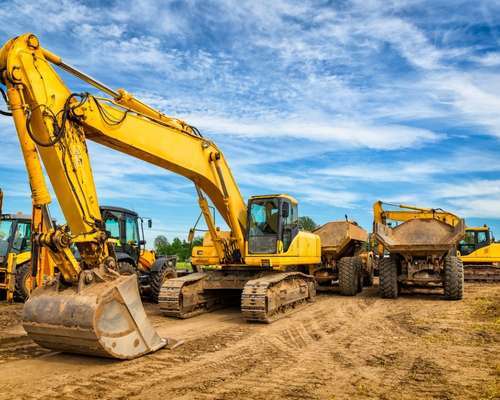
Your construction equipment fleet is the root of your business, but it can also be one of your biggest burdens. Many construction companies run multiple projects and can use dozens of heavy machines, service or hauling vehicles, and other equipment assets. Whether owning or renting, these machines tend to be contractors’ largest capital expenses and/or assets.
Properly maintaining equipment is vital to both your company’s projects and its bottom line. For a contractor with a capital and operating budget of $10 million or more for heavy equipment, even a 1% savings on equipment costs could add hundreds of thousands of dollars directly to the bottom line. If you’re a construction equipment or fleet manager, however, you can probably attest that it’s easier said than done.
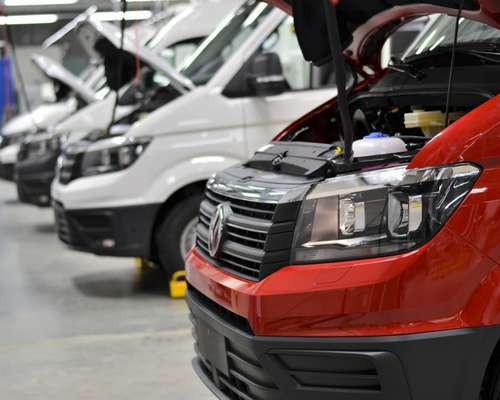
Your number one job is to keep the equipment or vehicles not just running, but optimizing their use to extend their life cycles. This means tracking and understanding the data that these machines produce. Capturing accurate equipment information, however, is a challenge that nearly every construction equipment or fleet manager has had to shoulder.
Construction equipment or fleet data collection and analysis has traditionally been a manual process. Pen and paper, spreadsheets, perhaps single-purpose construction equipment apps, standalone software—these are among the many disconnected tools that have bogged down the construction equipment management workflows. Many times, key information can slip through the cracks leading to equipment or vehicles being poorly maintained, overused, breaking down, and even retired long before they should be.
One of the trickiest parts of your role—especially with ownership of equipment and vehicles—is finding that equipment “sweet spot.”
Data is key to the equipment management puzzle. When a piece of equipment is purchased, there are ownership costs that occur regardless of how the machine is used. These owning costs are typically fixed annually and are based on the purchase price, interest, depreciation, licensing, insurance and taxes. As a machine ages, the incremental cost of ownership declines, due mostly to a slowdown in the rate of depreciation.
Operating costs, however, go up over time depending on how the equipment is used and maintained. As the machinery ages, increases in fuel and oil consumption, routine maintenance and parts replacement and unexpected repairs occur.
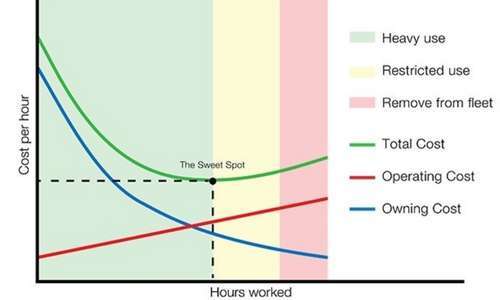
As ownership and operating costs move in these different directions over the lifecycle of equipment there is typically a point of optimal return on investment. This “sweet spot” occurs when the increasing cost of operations begins to dominate the benefits of a decreasing cost of ownership for a machine. This is when the machine is the most profitable, but also when the incremental total costs of having that machine in your fleet begin to rise.
Knowing where equipment stands in the fleet lifecycles can make a significant difference in knowing how each piece of machinery should be used on jobs, when to devote more resources to maintenance, and when to ultimately look to replace equipment to keep fleets productive in the field.
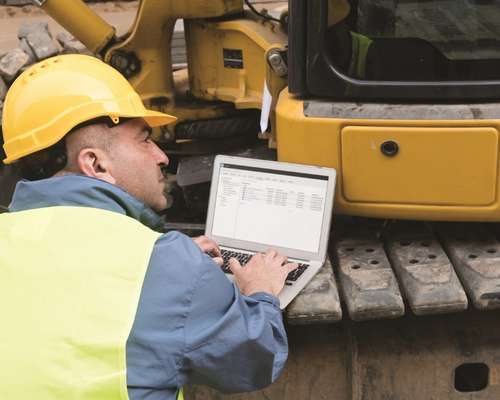
Modern connected construction technologies are changing the game in construction—making it much easier to find those construction equipment and fleet “sweet spots.” Contractors that have digitized their operations and moved their data and workflows to hosted cloud environments via connected construction suites are able to tie together their people, projects and processes like never before.
So, what does that mean when it comes to your role as a construction equipment management or construction fleet management professional? It means completely changing, automating and simplifying your workflows, while meeting your most pressing needs:
Digitization and Accessibility to Data: Whether in the back office, or out in the field where the machines are operating, you’ll be able to access the real-time equipment and fleet data you need to make informed decisions right now, not next week.
Streamlined Maintenance Schedules: If you’re responsible for maintaining scores of heavy machines or vehicles, it can be hard to stay on top of regular maintenance and optimization. Automated workflows and alerts enabled by a connected construction suite can streamline these critical tasks and remove that manual burden.
Optimized Equipment Use: How often have you realized that a vital piece of equipment has been sitting idle on a project or back in the equipment yard, when another machine is working overtime on several other projects? Streamlined scheduling and equipment optimization workflows can help you maximize performance of all of the equipment you’re responsible for, preventing unnecessary breakdowns, added costs or lost time due to misused resources.
More Accurate Job Costing: Be the hero your project managers need by understanding exactly how equipment usage (or non-usage) costs factor into the project’s overall budget and performance. This, of course, leads to more accurate estimates, which leads to more profitable projects and more work won.
Know When To Hold ‘Em and Fold ‘Em: More construction equipment and fleet management knowledge equals more power. When it does come time to make new equipment investments, having solid historical data and a keen knowledge of where equipment sweet spots lie for typical projects helps you decide whether to own or lease equipment, what types of equipment should be financed or purchased outright, when makes the best sense to sell or turn in leased equipment and more.
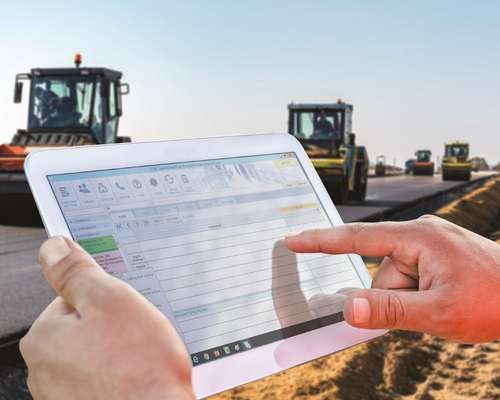
For everyone across the organization—and especially for construction HR and construction payroll professionals—Trimble Construction One is the connected construction suite you’ve been dreaming about!
Trimble Construction One is a connected, cloud platform that drives productivity, efficiency, and accuracy at each phase of the construction project lifecycle. Leveraging cloud data and automated workflow capabilities, Trimble Construction One ties together all facets of each project, from estimating and bidding through project and equipment management to project closeout and delivery, in one collaborative working environment.
With Trimble Construction One, you can shave hours off those cumbersome construction equipment management and construction fleet management tasks that have been bogging you down each day. No more equipment and fleet management breakdowns—just shrewd asset management.
Watch what a true connected construction environment could deliver for your organization:
Want to learn more? Connect with Trimble Viewpoint today for your own personal tour of how Trimble Construction One could reshape your construction organization.
1 Minute Read
August 24, 2022
1 Minute Read
August 10, 2022
1 Minute Read
July 20, 2022